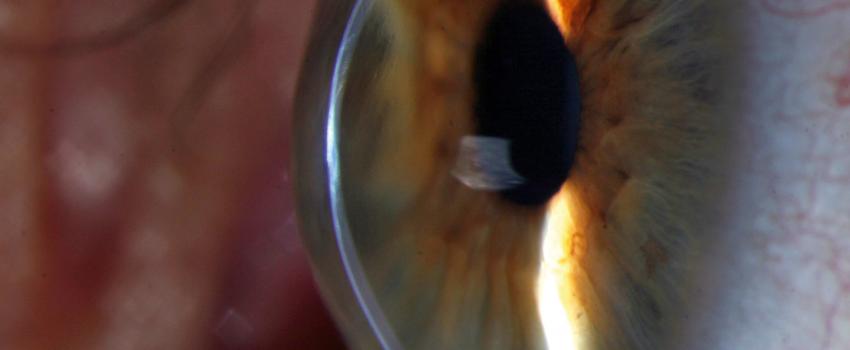Derived from Greek word keras refers to CORNEA or conus from Latin word conus which means CONE.
Cornea is the dome-shaped clear window which lies in the front of the eye. Keratoconus refers to that disorder of the eye under which cornea thins out and bulges like a cone. Due to change in the shape of cornea the light rays are brought out of focus by the cornea. That results into blurry and distorted vision, due to which reading and driving becomes tough.
Common symptoms and signs of keratoconus
- Progressive nearsightedness due to improper shape of cornea
- Irregular astigmatism
- blurry and distorted vision
- Light sensitivity
- Frequent change in eye glass prescription [each and every time they visit to eye care specialist there is change]
Causes of keratoconus
According to researchers, due to the imbalance of enzymes within the cornea there will be weakening of corneal tissues which is resultant into keratoconus.
Due to imbalance of enzymes within the cornea, the cornea becomes more sensitive towards the oxidative damages from the compounds which are known as free radicals, causing the bulginess and weakness in cornea. This disease found in about 1 out of 2000 persons. It commonly occurs during late childhood.
Some other causes are:
- Genetic predisposition
- Over exposures to ultraviolet rays
- Excessive eye rubbing
- Poorly fitted eye lenses
- Chronic eye irritation
Keratoconus Treatment
In the mildest case of keratoconus, soft eye contact lenses or eye glasses are suggested but with the progress of the disease the cornea thins and develops into more irregular shape increasingly, at that stage the eye glasses and soft contact lenses no longer capable to provide the adequate solution to vision correction.
- Corneal cross linking
In this corneal tissues are strengthened to avoid bulging of eye surface.
- Hybrid lenses
Generally, the contact lenses for the keratoconus are hard but now the specialized soft or hydrophilic lenses or silicon hydrophilic lenses are designed which have tendency to conformant with the conical cornea. They are hard at center with softness at their skirts. They are not effective for every person but the 4th gen provides the comfort of soft lenses along with visual acuity.
- Sclera lenses
These lenses are capable to cover the larger proportion of surface of the eye so they lead to improve stability.
- Piggybacking
In this RGP lens is wear over the soft lens which requires great experience on the part of lens fitter along with tolerance. Surgery, corneal transplant, sclera and semi sclera lenses, topography-guided conductive keratoconus are some of the treatments of the keratoconus.

